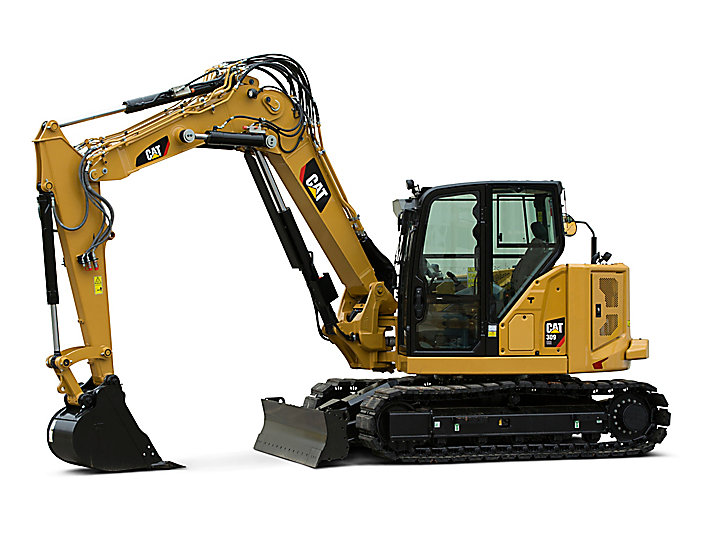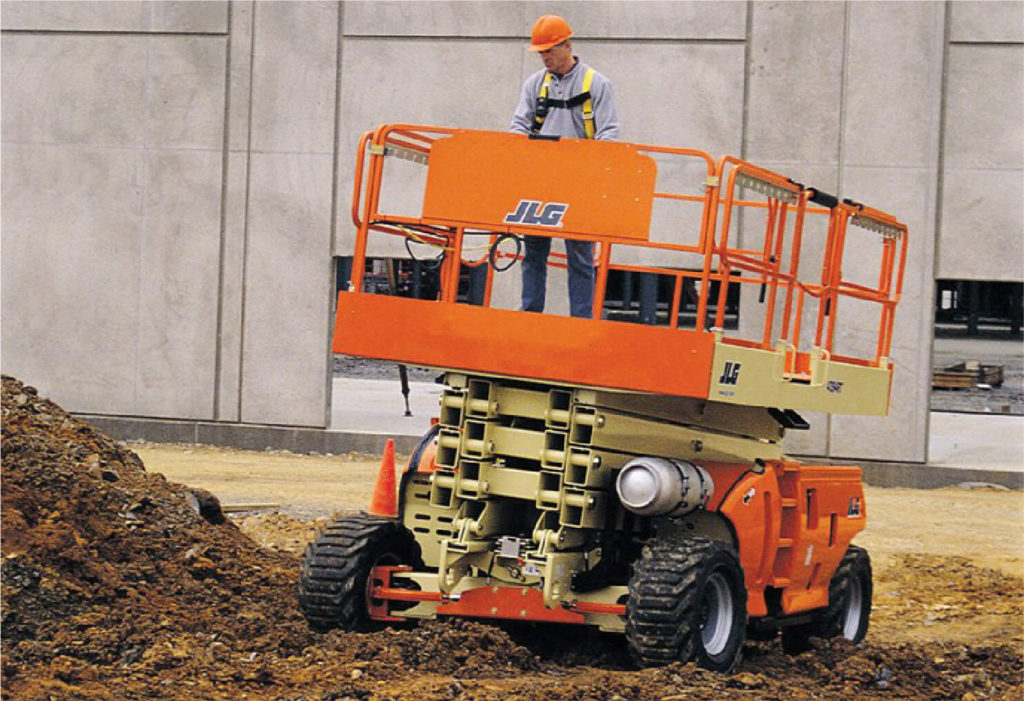Why Superior Oilfield Rentals is transforming equipment management
Everything About Oil Field Equipment and Pipeline Equipment: Trick Insights and Important Information
Oil field equipment and pipeline systems play a pivotal duty in the oil and gas market. They are necessary for the effective extraction and transportation of hydrocarbons. Key elements, such as drilling rigs and storage space containers, directly influence functional success. On the other hand, improvements in modern technology pledge to improve safety and security and effectiveness. Understanding these aspects is vital for any person involved in or curious about this complicated field, as it sets the phase for much deeper exploration of market practices.

Introduction of Oil Field Equipment
As the need for oil proceeds to expand, comprehending the devices used in oil fields comes to be significantly crucial. Oil field equipment incorporates a large range of machinery and tools important for expedition, removal, and processing. Key components consist of piercing rigs, which are vital for reaching oil reservoirs, and manufacturing devices, such as separators and pumps, that assist in the removal procedure. Superior Oilfield Rentals. Additionally, storage space containers play a substantial duty in holding unrefined oil prior to transport. Safety and security devices, including blowout preventers and pressure determines, assures operational security and effectiveness. Each tool features cohesively to enhance manufacturing and maintain reliable process. Knowledge with this devices is very important for experts in the sector to guarantee effective procedures and adherence to safety criteria
Kinds Of Drilling Rigs and Their Applications
Drilling rigs function as the foundation of oil extraction procedures, with various kinds developed for particular geological conditions and operational demands. The most usual kinds consist of rotary boring rigs, which use a rotating drill bit to pass through the earth, and wire device rigs, known for their percussion drilling technique. For overseas procedures, jack-up rigs and semi-submersible rigs supply security and support in aquatic settings. Additionally, directional boring rigs make it possible for drivers to drill at angles, reaching deposits that are not vertically obtainable. Each rig type has special benefits, maximizing efficiency and safety and security based on the exploration environment. Selecting the ideal rig is necessary for taking full advantage of source removal while decreasing ecological impact and operational costs.

Necessary Pipeline Equipment and Their Features
Pipeline facilities is vital for the transportation of oil and gas from extraction sites to refining facilities and end-users. Various vital tools components facilitate this procedure. Pipes themselves function as the main conduits, created to hold up against high stress and harsh materials. Pump terminals are important for preserving flow by increasing pressure along the pipeline. Shutoffs play a vital duty in managing flow and isolating areas for upkeep. In addition, fittings and connectors assure safe and secure joints in between pipe sections. Keeping track of systems, including circulation meters and stress sensors, are crucial for spotting leakages and optimizing circulation prices. Finally, pigging equipment is utilized for maintenance and cleaning, safeguarding pipeline integrity and performance. With each other, these elements create the backbone of a reputable pipeline system.
Advancements and Technologies in Oil and Gas Equipment

Safety And Security and Maintenance Practices in the Oil Industry
While the oil market has made significant strides in modern technology and effectiveness, the significance of durable pressure testing water lines security and maintenance techniques can not be overstated. Reliable security protocols are vital to shield workers and the atmosphere, reducing the threat of accidents and spills. Normal evaluations and upkeep of equipment aid identify prospective issues before they rise, making sure functional stability. Educating programs for employees are essential, emphasizing the relevance of security awareness and emergency feedback procedures. In addition, adherence to industry policies and criteria fosters a culture of safety and security. Implementing sophisticated surveillance technologies can even more boost maintenance methods, enabling real-time evaluations of equipment conditions. Inevitably, focusing on safety and maintenance is indispensable to the sustainability and success of the oil industry.
Frequently Asked Concerns
What Are the Ecological Impacts of Oil Field Equipment?
The ecological influences of oil field equipment include environment damage, water contamination, and air pollution (Superior rentals squeeze tools). Furthermore, tools breakdown can bring about spills, detrimentally influencing wildlife and communities, highlighting the need for stringent laws and surveillance
Exactly How Is Oil Field Equipment Delivered to Remote Locations?
Carrying oil field equipment to remote places frequently involves customized automobiles, helicopters, or barges. Logistics companies coordinate courses, making sure devices gets here safely and successfully, taking into consideration surface and ease of access to decrease hold-ups and optimize productivity.
What Governing Specifications Govern Oil Field Equipment?
Regulatory criteria regulating oil field equipment largely consist of safety, environmental management, and functional efficiency standards. Agencies such as OSHA and EPA impose these laws to ensure safe methods and minimize eco-friendly impact in oil removal operations.
What Abilities Are Required to Run Oil Area Equipment?

Just How Do Oil Prices Influence Equipment Need and Usage?
Oil prices greatly affect devices demand and use. Higher prices generally lead to raised expedition and production tasks, driving need for machinery. Conversely, reduced costs may cause minimized operations and decreased requirement for tools.